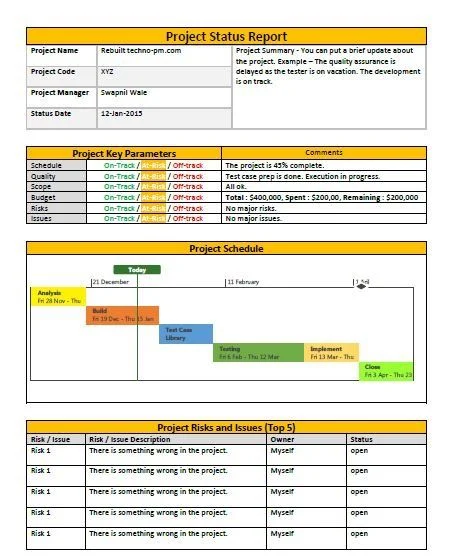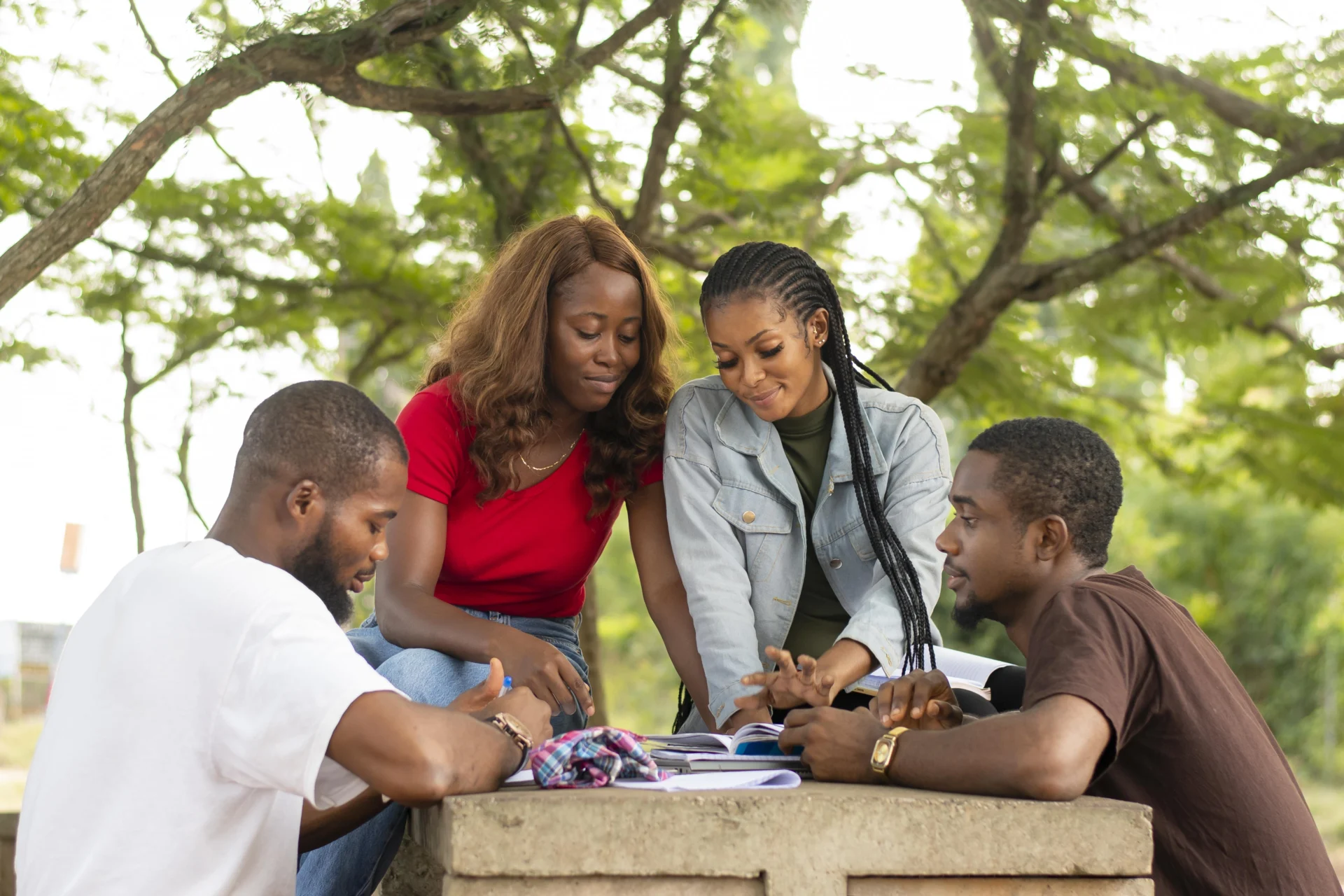“Before data became digital, it lived in people’s memories, dusty notebooks, and the trust between field teams and communities.”
Measuring Change Then and Now is more than a shift in tools it is the quiet story of how Africa learned to document impact, dignity, and development in ways that honor people first. Long before dashboards and cloud-based systems came into the picture, social research was rooted in presence in sitting under a tree with elders, in handwritten field notes, in the patience of listening.
This evolution is not accidental. It reflects a continent that has slowly moved from observation… to measurement… to meaning. And while today’s systems look sleek and digital, their foundation lies in a time when progress was recorded slowly, carefully, and by hand one interaction at a time.
From Clipboards to Context – The Humble Beginnings of M&E

In the earliest days of monitoring and evaluation across Africa especially during post-independence development programs of the 1960s through the 1980s impact was not captured through codebooks and indicators. It was captured through presence. Teams travelled for days to reach remote areas. Data lived in diaries, envelopes, and clipboards that absorbed rain, dust, and the weight of travel.
When “evidence” meant being there
There were no instant uploads, no dashboards tracking progress by the hour. Monitoring was highly relational enumerators were trusted because they were physically seen in a community. Credibility came from visibility, not systems.
The human lens as the first data tool
Field officers were both researchers and storytellers. They were observers of behaviors, cultural shifts, and lived experiences. A single observation in a diary could reshape how a program understood community need.
And while it was slow and sometimes scattered, this early form of social research had something today’s systems occasionally lose deep human immersion. It was personal. It was seen. It was embodied.
When Monitoring Became Measurement – The First Structured Systems

By the 1990s and early 2000s, M&E in Africa began to formalize as donor reporting requirements matured. Field diaries slowly gave way to baseline surveys, typed project reports, and structured indicators. Monitoring evolved from “checking progress” to documenting change.
The rise of accountability frameworks
Funding partners and governments wanted evidence not just presence. This pushed institutions to build consistency: indicator frameworks, log frames, mid-term reviews, and post-implementation assessments.
From memory to documentation
Where the 1970s researcher might have said, “The project is progressing well the farmers are satisfied,” the late 1990s evaluator was already saying:
“89% of participating households report improved yield outcomes after the training period.”
Measurement was no longer anecdotal. It was systematic.
Africa’s earliest real shift in M&E identity
This era marked the first pivot when research shifted from storytelling as memory to storytelling as structured evidence. Yet even then, the process was still mostly manual:
✏️ Data on paper
🗂 Files in cabinets
📠 Reports printed and mailed
Technology was not yet the revolution; structure was.
“Impact was once a journey written by hand, not a dashboard.”
Digital Disruption – From Paper to Platforms

By the late 2000s and early 2010s, everything changed. Smartphones, mobile data capture, geotagging, and real-time dashboards transformed M&E from an after-the-fact record into a continuous flow of insight. The continent no longer waited for quarterly reports to understand progress information began travelling at the speed of implementation.
Real-time became the new credible
Instead of waiting for enumerators to return from the field, platforms allowed monitoring to happen remotely and continuously. This era introduced:
- ODK and KoboToolbox for rapid mobile surveys
- GPS-linked verification
- Visual dashboards for stakeholders
- Cloud storage replacing bulky archives
Reduced data loss, increased visibility
What once risked being destroyed by rain or lost in transit was now encrypted, stored, and retrieved in seconds.
The story of Measuring Change Then and Now is also a story of access who can see the data, how fast, and with what context.
Storytelling as Evidence – When Data Began to “Speak”
When M&E moved beyond spreadsheets into interpretation, Africa entered a new era one where dashboards were no longer the end point but a window into real human outcomes.
From statistics to lived experiences
Today’s social research values:
- Voices alongside values
- Experiences alongside evidence
- People alongside programmes
The dignity of context
Modern M&E acknowledges that development is not just about results, but about how people experience change. Interviews, photo-supported narratives, video diaries, and community feedback loops brought human nuance back into systems.
It is almost poetic that after all the evolution, technology brought us back to where we started: people first.
The Future – Predictive, Remote, Inclusive Monitoring
Tomorrow’s evaluation systems in Africa are already shifting from “What happened?” to “What will happen if we intervene here, and not there?”
Foresight instead of hindsight
AI tools, big data layers, and satellite insight are helping predict intervention outcomes before they unfold reducing waste, speeding relief, and improving planning.
Community inclusion will define the next chapter
The future is not just about better technology it is about better representation. Mobile-first communities, youth voices, behavioral data, and lived experience will shape what “impact” means going forward.
Where Insight and Social Fits in This Journey
Insight and Social stands in this journey as part of the continuum not just as a practitioner but as a bridge between the spirit of early field immersion and the intelligence of modern data systems. We help organizations ensure that measurement does not become mechanical that it still sees people, stories, and context.
Our approach is rooted in thoughtful change: combining rigour with dignity, evidence with experience, and insight with empathy.
At Insight and Social, we believe monitoring should not only track numbers it should help us understand people, change, and impact with clarity and intention. Our work continues to support organizations in building research systems that respect both data and humanity.
The Big Catch
Measuring Change Then and Now is not just a history of tools it is a history of perspective. Africa did not merely upgrade its methods; it elevated its understanding of what change means. From handwritten field diaries to digital dashboards, the journey reflects something deeply African: growth with memory, innovation with humility, and progress shaped by people.





